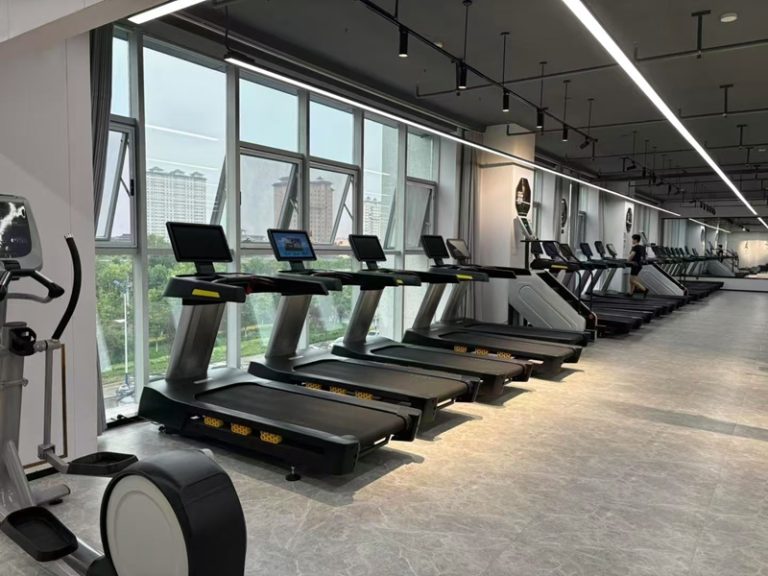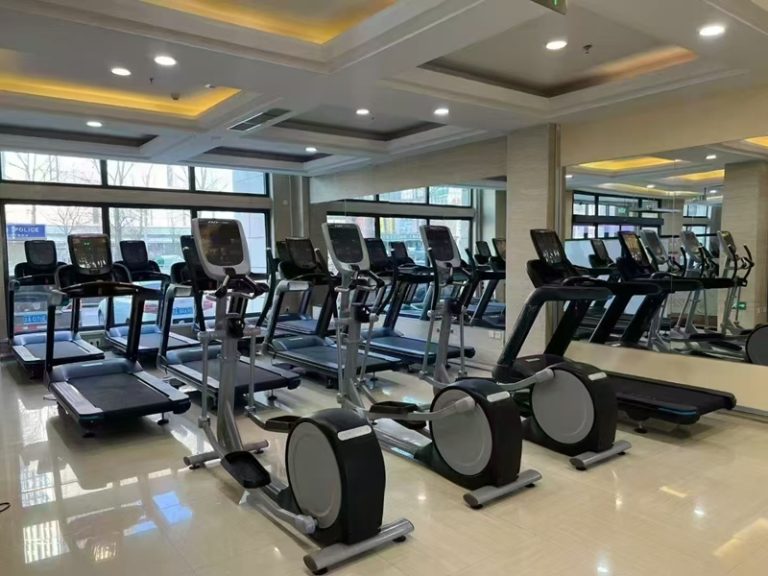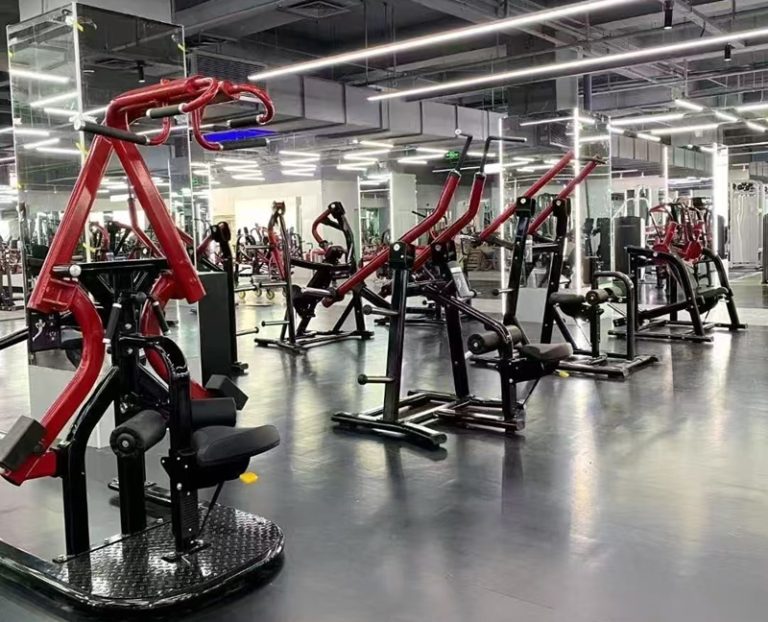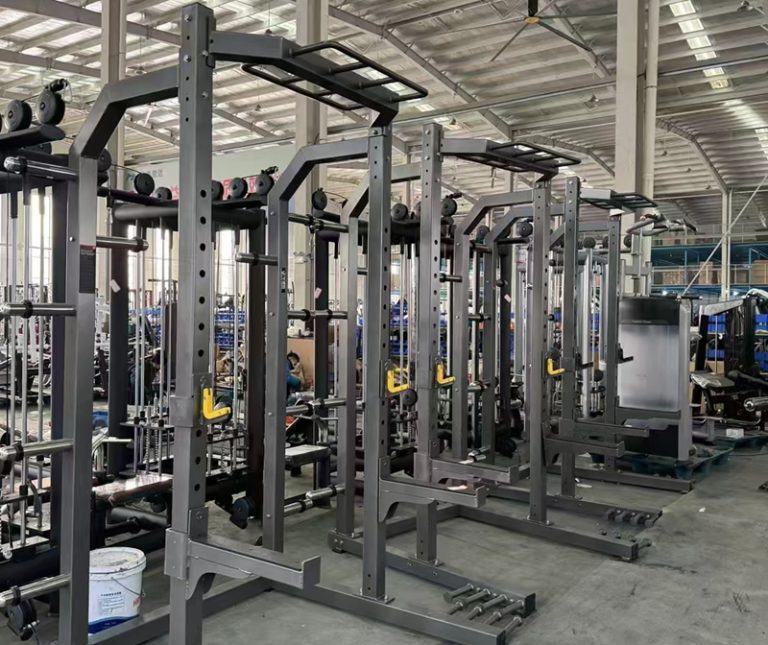In today’s fast-paced society, people are increasingly concerned about their own health and quality of life, and fitness has gradually become a favored lifestyle. Whether it is for shaping an ideal figure, enhancing physical fitness, relieving stress or improving mental state, fitness can bring many surprising benefits.

The multi-dimensional benefits of fitness
Improve physical fitness
Regular exercise can significantly enhance heart and lung function. When we do aerobic exercises such as running, swimming and cycling, the heart needs to work harder to pump blood throughout the body, and the lungs also need to exchange gases more quickly. Over time, the heart muscle will become stronger, pumping more blood with each beat, and the heart and lung functions will be enhanced. This means that we will have more energy in our daily activities and be better able to cope with sudden physical loads. People who persist in long-distance running will obviously feel much more relaxed when climbing stairs or carrying heavy objects than those who do not exercise.
Fitness is also of great benefit to muscles and bones. Strength training, such as weightlifting, push-ups, squats, etc., can stimulate muscle fibers, promoting their continuous repair and growth, thereby increasing muscle mass and enhancing muscle strength. Strong muscles not only enable us to have more graceful body lines, but also provide better support and protection for bones, effectively preventing bone diseases such as osteoporosis. As people age, those who persist in fitness lose muscle at a slower rate, have healthier bones, and possess stronger stability and balance in their bodies, reducing the risk of falls and injuries.

Improve mental health
During exercise, the body secretes neurotransmitters such as endorphins and dopamine, which are known as “happiness hormones”. Endorphins can help us relieve pain, bring a sense of pleasure and relaxation, and effectively reduce negative emotions such as anxiety and depression. When we complete a high-intensity fitness training session, the feeling of physical and mental comfort is caused by endorphins at work. Dopamine is related to the brain’s reward mechanism. It enables us to experience a sense of achievement and satisfaction after exercise, further motivating us to persist in fitness. Many people face various pressures in life. Through regular exercise, they have found effective ways to relieve stress, their moods have become more cheerful, and their psychological resilience has also been greatly enhanced.
Help shape your ideal figure
Fitness is an effective way to achieve an ideal figure. For those who want to lose fat, combining reasonable aerobic exercise with a controlled diet can help the body consume excess calories and burn fat. For instance, continuous aerobic exercises such as jogging and rope skipping can increase the body’s metabolic rate, enabling the body to continuously consume energy during and for a period of time after exercise, thereby achieving the goal of fat loss. For those who are eager to build muscle, targeted strength training is the key. By training with heavy weights and low repetitions, muscle fibers are destroyed. Then, during the subsequent rest and nutritional supplementation process, the muscles will undergo excessive recovery and become even stronger. During this process, by combining a high-protein diet, such as chicken breast, fish, and protein powder, to provide sufficient nutrition for muscle growth, one can gradually shape a fit and beautiful figure.

Set goals and make plans
It is crucial to have a clear goal before starting to work out. The goal is the direction in which we move forward, and it can help us make plans more specifically. If your goal is to lose fat, then in your training plan, you need to increase the proportion of aerobic exercise, such as doing at least 150 minutes of moderate-intensity aerobic exercise per week, like brisk walking or jogging, while reasonably controlling your calorie intake in your diet. If the goal is to build muscle, strength training should be the focus. Arrange 3 to 4 strength training sessions per week. For each session, choose 6 to 8 different movements and stimulate different muscle groups. Do 3 to 4 sets of each movement, with 8 to 12 repetitions per set. At the same time, ensure an adequate intake of protein every day, approximately 1.5 to 2 grams per kilogram of body weight.
Choose the sports that suit you
There are a wide variety of sports. Choosing the one that suits us can give us more motivation to keep going. If you enjoy outdoor activities and the scenery of nature, then running, cycling, mountain climbing and other activities might be very suitable for you. Running is simple and easy. With just a pair of comfortable running shoes, you can run freely in parks, by rivers and other places. Cycling enables you to enjoy the scenery along the way while exercising your leg muscles and heart and lung functions. If you prefer indoor sports, yoga and Pilates can help you improve your body’s flexibility and balance. Strength training can be done in the gym with various equipment to shape your figure. You can also take part in group classes such as aerobics and spinning, and exercise together with others in a cheerful atmosphere.
Scientific training to prevent injuries
Scientific training methods are the key to avoiding injuries. Before each training session, it is essential to engage in thorough warm-up activities, such as 5 to 10 minutes of brisk walking, jumping jacks, or some simple joint exercises for the upcoming training movements. This will accelerate blood circulation in the body, warm up the muscles and joints, and prepare for the high-intensity exercise that is about to begin. During the training process, it is essential to strictly follow the correct movement norms and maintain the accuracy and stability of the movements. If you are not sure how to perform a certain movement correctly, it is best to consult a professional coach to avoid muscle strains, joint sprains and other injuries caused by incorrect movements. The intensity of training should also be gradually increased. Don’t overly challenge your physical limits at the very beginning. After training, stretching and relaxation are equally important. Stretching can help muscles relax, reduce muscle soreness, relieve muscle fatigue and promote physical recovery.

Perseverance – The key to fitness
Fitness is a journey that requires long-term persistence. One cannot expect to see significant results in a short period of time. During this process, we may encounter various difficulties and setbacks, such as no weight loss during the plateau period, slow muscle growth, or interruption of training due to busy work or daily trivial matters. However, as long as we maintain a firm belief and overcome difficulties, we will surely reap the rich fruits brought by fitness. We can integrate fitness into our daily life and make it a part of it, as natural as eating and sleeping every day. You can also look for fitness partners, encourage and supervise each other, and increase the fun and motivation of fitness. You can also record your fitness journey. By comparing photos, physical data, etc., you can see your progress and thereby motivate yourself to keep going.
Fitness is an activity that has a profound impact on both the body and the mind. It not only enables us to have a healthy and strong body, but also endows us with a positive and optimistic attitude as well as strong psychological resilience. Let’s take the first step towards fitness, nourish our health with sweat, shape a better self with persistence, and embrace a vibrant and wonderful life.#Fitness equipment manufacturer#Wholesale of fitness equipment and apparatus#Top ten fitness equipment factories in China






